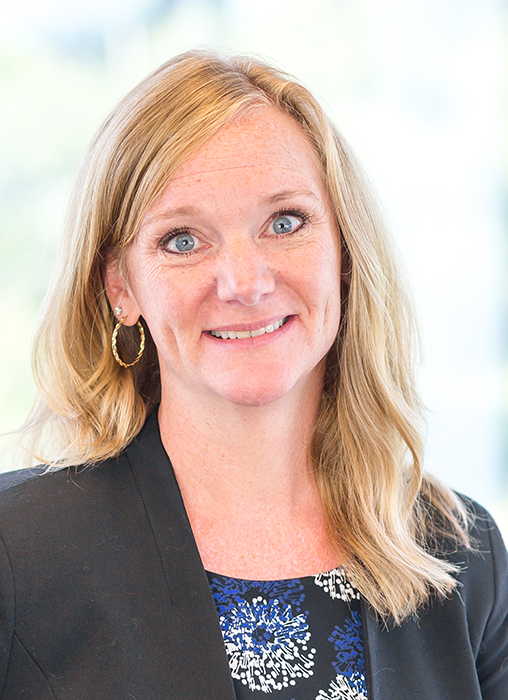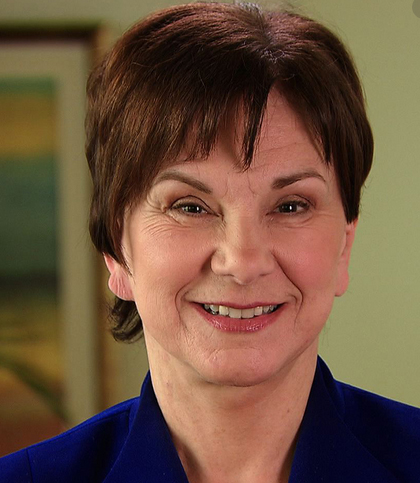
Software continues to be a key factor in recalls, and this year the end of some EUAs may also contribute to an increase.

Software continues to be a key factor in recalls, and this year the end of some EUAs may also contribute to an increase.

In this series we examine the future of the medical device industry—from manufacturing to the consumer-patient experience.

Labeling is as critical as quality for medical device products. If a manufacturer can’t shift labeling to meet production in an agile manner, their products may not reach their destination.

We have the opportunity to refine processes that were implemented in a hurry during the pandemic, along with the insight to improve the entire healthcare system.

Quantum computing has spurred the development of new breakthroughs in life sciences from using machine learning methods to diagnose illnesses sooner to identifying materials to make more efficient devices.

In an industry fraught with constant challenges, medtech leaders need to close the growing skills gap of their employee base and develop leadership from within. The pandemic’s impact on an increasingly remote workforce has caused companies to adopt a new approach to cultivating emerging leaders.

Critical care hasn’t had many breakthroughs in recent years and in order to change that, I believe we need to put more of an emphasis on integrating technology—specifically artificial intelligence (AI) —into the field.

With the accelerated adoption of many new technologies, ECRI’s annual health technology hazards list has been transformed by the COVID-19 pandemic.

Regardless of the reason for disposing of a medical device or other electronic equipment, the product must be destroyed in a manner in which it can never be reused or identified as coming from your organization. In addition, the resulting materials from the destruction process be disposed of in an environmentally appropriate and regulatory compliant manner.

Woodcock was selected by outgoing Commissioner Stephen Hahn, M.D.